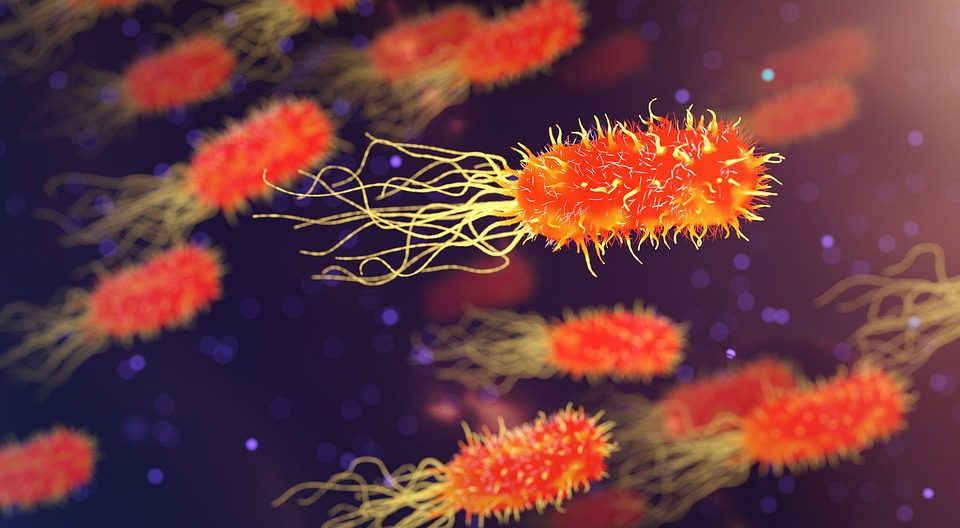Bacteria can swim across a variety of fluids and settings, including the human body, scientists have found. Researchers hope that these discoveries may aid in the development of novel therapies for illnesses caused by bacteria and the creation of drug delivery methods relying on bacteria.
Ever since the 1960s, “bacterial swimming,” as it’s called in the scientific world, has been extensively investigated by researchers. Bacteria may swim quicker in dense polymer environments, according to previous research. Polymers are lengthy chain-like molecules present in fluids. There is a popular theory that it’s because bacteria can extend their chains to aid in locomotion as they swim through into the structure produced by molecular chains.
For the very first time, researchers have analyzed how bacteria migrate through solutions containing tiny solid particles rather than molecular chains. This is a significant development. They observed that the bacteria traveled quicker despite the large disparities in polymer as well as particle kinematics, indicating that there should be a distinct mechanism for how bacteria navigate throughout thick, complicated fluids.
When bacteria swim, they think the drag generated by crossing particles helps their flagella, or “tails,” to twirl so that they may drive themselves ahead and properly realign with their bodies, thus enabling them to travel quicker.
Studying how bacteria travel through viscous settings like the human body might assist researchers in building new therapies for illnesses and potentially utilize germs as delivery vehicles for medications. As an example, a particular strain of bacteria is responsible for stomach ulcers. To better comprehend how the illness spreads, it’s critical to look at how germs migrate through the stomach mucosa.
This behavior has been explained by a variety of processes throughout the years, but the findings of this research present a cohesive picture of what occurs when microorganisms move through complicated fluids.
The study was published in Nature.













Leave a Reply